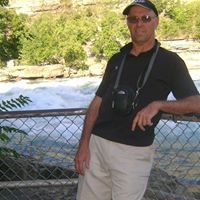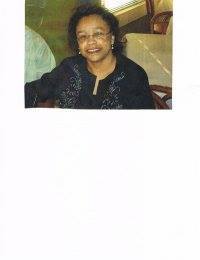Queen Maud Land is part of which continent?
Queen Maud Land is a c. 2.7 million-square-kilometre (1 million sq mi) region of Antarctica claimed as a dependent territory by Norway. The territory lies between 20° west and 45° east, between the self-claimed British Antarctic Territory to the west and the similarly self-claimed Australian Antarctic Territory to the east. Positioned in East Antarctica, the territory comprises about one-fifth of the total area of Antarctica. The claim is named after the Norwegian queen Maud of Wales (1869–1938).
Norwegian Hjalmar Riiser-Larsen was the first person known to have set foot in the territory, in 1930. On 14 January 1939, the territory was claimed by Norway. From 1939 until 1945, Nazi Germany claimed New Swabia, which consisted of part of Queen Maud Land. On 23 June 1961, Queen Maud Land became part of the Antarctic Treaty System, making it a demilitarised zone. It is one of two Antarctic claims made by Norway, the other being Peter I Island.
Most of the territory is covered by the Antarctic ice sheet, and a tall ice wall stretches throughout its coast. In some areas further within the ice sheet, mountain ranges breach through the ice, allowing for birds to breed and the growth of a limited flora. The region is divided into the Princess Martha Coast, Princess Astrid Coast, Princess Ragnhild Coast, Prince Harald Coast and Prince Olav Coast. The waters off the coast are called the King Haakon VII Sea.
More Info:
en.wikipedia.org







